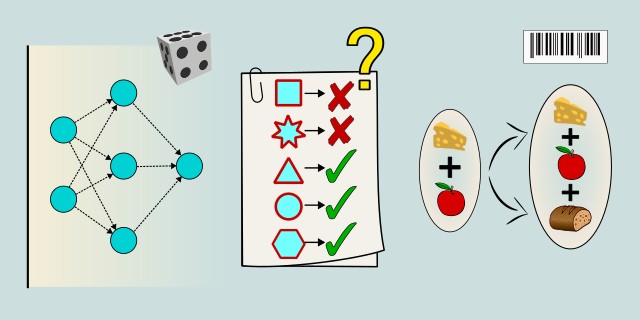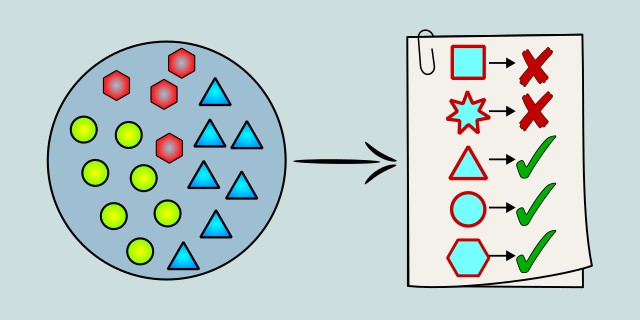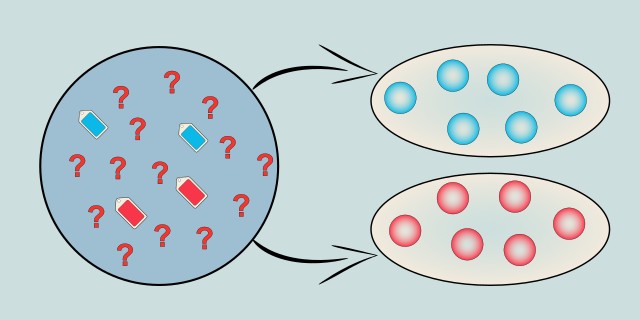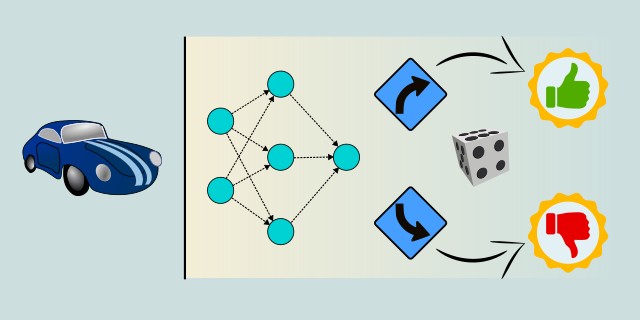Machine Learning
Machine learning is a field of artificial intelligence that focuses on the development of algorithms and statistical models that enable computers to perform tasks without explicit instructions, relying instead on patterns and inference.

What kind of data and problem are you dealing with?
Do you have labeled data, unlabeled data, or a mix of both? Are you interacting with an environment over time?
Tips:
- If you have labeled data (inputs with known correct outputs), choose Supervised Learning.
- If you don’t have labeled data and you want to explore structure or patterns, choose Unsupervised Learning.
- If you have a small set of labeled data and a lot of unlabeled data, choose Semi-Supervised Learning.
- If your model learns by interacting with an environment and receiving feedback, choose Reinforcement Learning.
Supervised Learning

Supervised learning is a type of machine learning where the model is trained on labeled data. The algorithm learns to map input features to output labels, allowing it to make predictions on new, unseen data.
Supervised learning is one of the most widely used types of machine learning. In this approach, models are trained on labeled datasets, meaning each input has a corresponding known output (label). The goal is to learn a mapping from inputs to outputs so that the model can accurately predict outcomes for new, unseen data. Supervised learning is typically divided into two main tasks: classification (predicting categories) and regression (predicting continuous values). It requires a sufficient amount of high-quality labeled data. While it offers high accuracy when trained properly, collecting labeled data can be time-consuming and expensive. This approach is ideal when historical data is available and the desired outputs are clearly defined.
Use Case Examples:
- Spam Email Detection: Classifying emails as spam or not based on labeled email data.
- Medical Diagnosis: Predicting diseases using patient symptoms and diagnostic test results.
- House Price Prediction: Estimating property values based on features like location, size, and amenities.
- Speech Recognition: Converting spoken language into text using models trained on audio-transcription pairs.
- Customer Churn Prediction: Identifying customers likely to stop using a service based on behavioral data.
Unsupervised Learning

Unsupervised learning is a type of machine learning where the model learns patterns from unlabeled data without explicit instructions on what to predict.
Unsupervised learning involves training models on data without labeled outputs. The goal is to discover hidden patterns, groupings, or structures within the data. Unlike supervised learning, there are no predefined labels, so the algorithm must identify similarities, differences, or correlations on its own. Common tasks include clustering (grouping similar data points), dimensionality reduction (simplifying data while preserving structure), and association rule learning (finding interesting relationships between variables). Unsupervised learning is useful in exploratory data analysis, anomaly detection, and preprocessing for other algorithms. However, interpreting the results can be challenging because the output is often less explicit compared to supervised methods.
Use Case Examples:
- Customer Segmentation: Grouping customers into segments based on purchasing behavior for targeted marketing.
- Anomaly Detection: Identifying unusual patterns in network traffic that may indicate cybersecurity threats.
- Document Clustering: Organizing large collections of documents into meaningful topics without prior labels.
- Market Basket Analysis: Discovering frequent itemsets or associations in retail transaction data.
- Image Compression: Reducing the dimensionality of image data while preserving important features for storage efficiency.
Semi-Supervised Learning

Semi-supervised learning is a blend of supervised and unsupervised learning, where a small amount of labeled data is used alongside a larger set of unlabeled data. This approach is particularly useful when acquiring labeled data is expensive or time-consuming, allowing models to learn from both types of data.
Semi-supervised learning lies between supervised and unsupervised learning. It uses a small amount of labeled data along with a large amount of unlabeled data to train models. This approach is helpful when labeling data is expensive or time-consuming but unlabeled data is abundant. The model leverages the labeled examples to guide learning while exploiting the structure in the unlabeled data to improve accuracy. Semi-supervised methods can significantly reduce the need for labeled data while still achieving good performance. These techniques are often applied in areas like natural language processing, image recognition, and speech processing where acquiring fully labeled datasets is difficult.
Use Case Examples:
- Text Classification: Using a few labeled documents combined with many unlabeled ones to categorize news articles.
- Medical Imaging: Training models with a small set of annotated medical scans alongside many unlabeled scans.
- Speech Recognition: Improving voice-to-text systems by leveraging unlabeled audio data with limited transcriptions.
- Web Page Categorization: Classifying web pages with few labeled examples and large amounts of unlabeled data.
- Fraud Detection: Detecting fraudulent transactions by combining limited labeled cases with many unlabeled records.
Reinforcement Learning

Reinforcement learning is a type of machine learning where an agent learns to make decisions by taking actions in an environment to maximize cumulative reward. It involves learning from the consequences of actions rather than from explicit instructions.
Reinforcement learning (RL) is a type of machine learning where an agent learns to make decisions by interacting with an environment. Instead of relying on labeled data, the agent receives feedback in the form of rewards or penalties based on its actions. The goal is to learn a strategy (policy) that maximizes cumulative rewards over time. RL is well-suited for problems involving sequential decision-making and long-term planning. It has been successfully applied in robotics, game playing, autonomous vehicles, and resource management. RL algorithms can be model-free or model-based, depending on whether they learn an internal model of the environment.
Use Case Examples:
- Game Playing: Training agents to play complex games like chess, Go, or video games by learning optimal strategies.
- Robotics: Teaching robots to perform tasks like grasping, walking, or navigation through trial and error.
- Autonomous Driving: Enabling self-driving cars to make decisions in dynamic environments.
- Resource Allocation: Optimizing energy usage or bandwidth allocation in networks.
- Personalized Recommendations: Adapting content recommendations based on user interactions and feedback.
Feedback & Sharing
Give us your thoughts on this page, or share it with others who may find it useful.
Feedback
Found this helpful? Let me know what you think or suggest improvements 👉 Contact me.